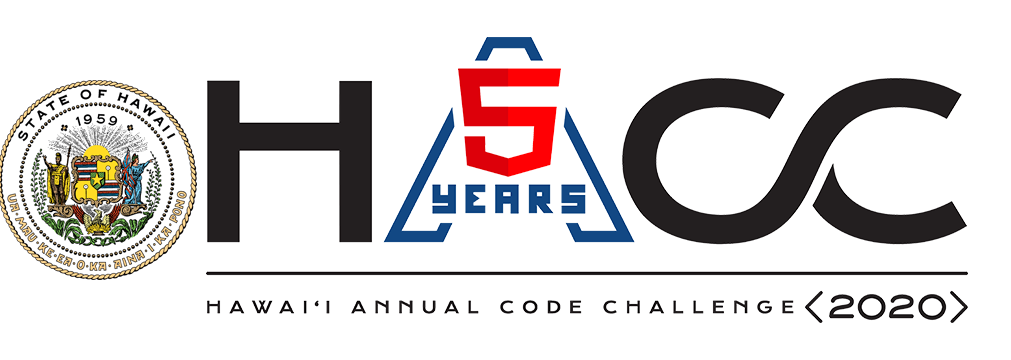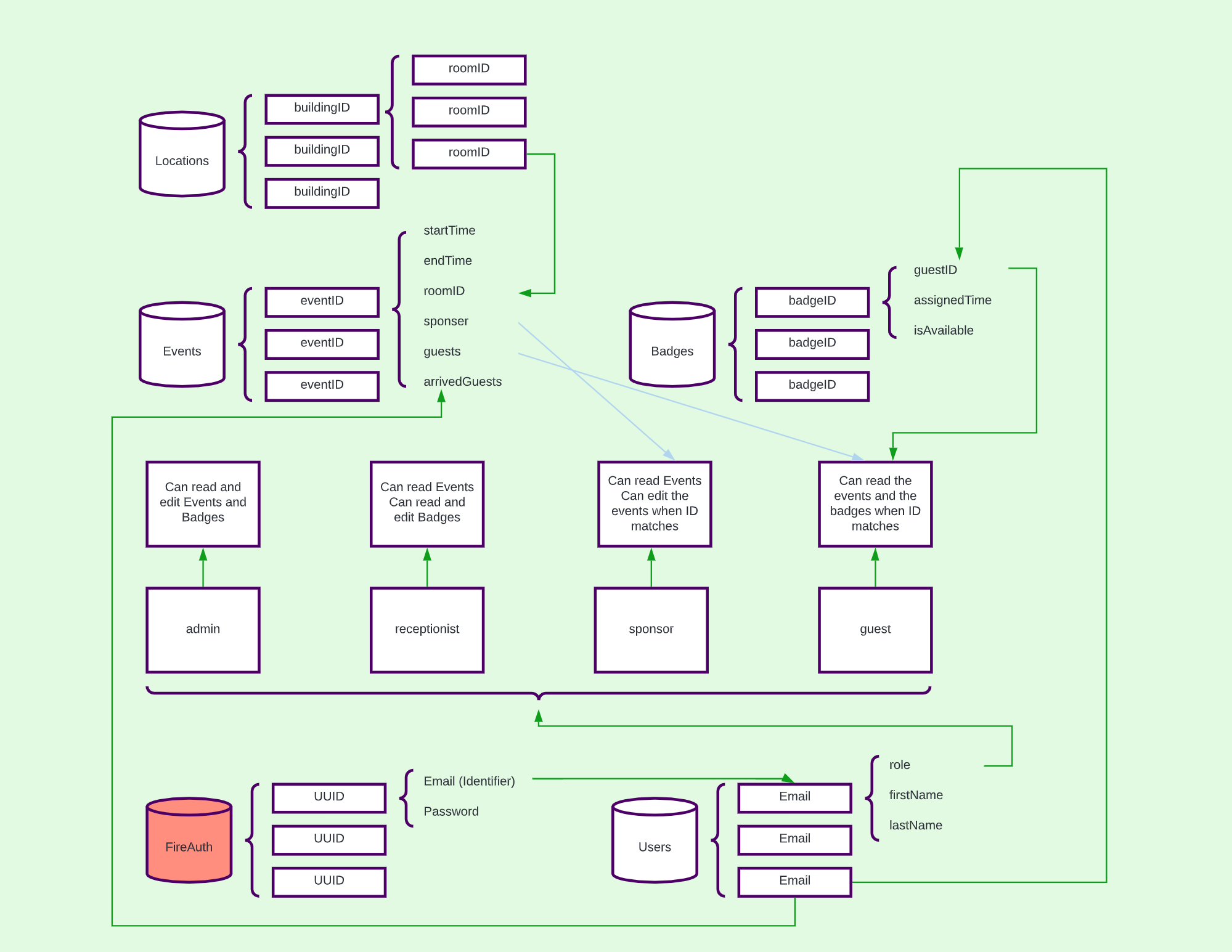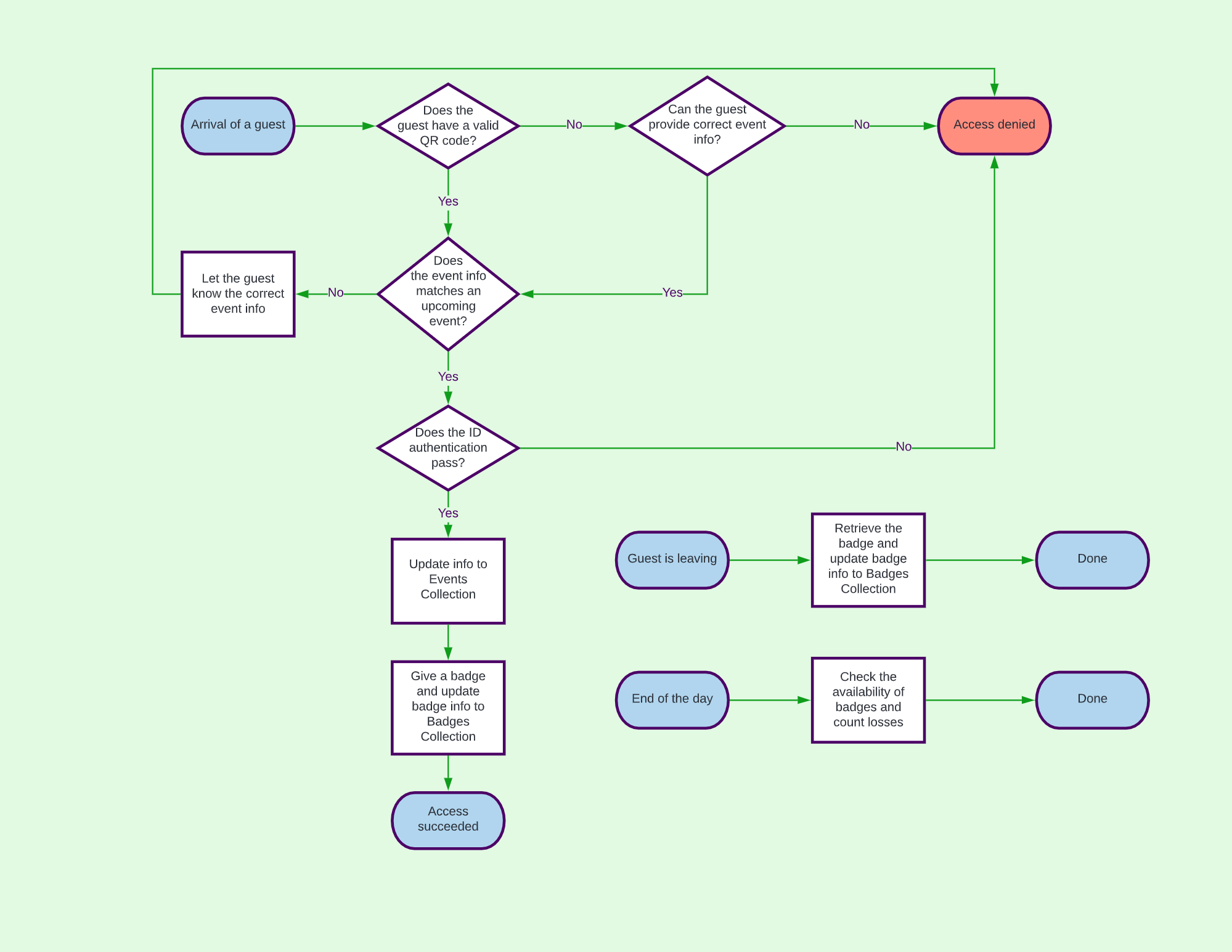UHShield
What is HACC?

Hawaii Annual Code Challenge (HACC) is a unique hackathon that lasts for a few weeks to encourage the developers and the event sponsors to communicate and provide sustainable solutions for the state of Hawaii.
This year, I joined the HACC 2020 with my friends Tianhui Zhou and Weirong He. We formed Team Trigeeks, worked together on the UH building security topic, and won the third prize.
What is UHShield?
About the challenge
Some UH buildings require significant access control, such as the IT Center. Currently, building security requires physical monitoring of guests, which is resource-intensive and not always feasible. This challenge aims to explore application designs that improve security for UH buildings while reducing personnel costs. The developer should make a web/mobile application to improve the workflow and reduce personnel cost.
Our solution
For Sponsor:
-
Sponsors can use our APP to create new event and then send invitation email with QR-Code to their guests.
-
UHShield will automaticly check place or time conflict before creating event.
-
Sponsors can also easily manage their own events: edit or delete.
-
When guests showed up, sponsor can use our APP to take attendance of checked-in guests.
-
Sponsors can browse all the events in the campus and use search function to quick look up for a certain event.
For Reception:
-
Receptionists are assigned to a certain building which is their workplace.
-
They just need to scan the QR-Code provided by guest to make check in.
-
If guest don’t have QR-Code, receptionists can also use event list of the day or search function to make check in.
-
After successfully checked in, receptionists should assigned a physical badge to each guest and using our APP to record badge.
-
Receptionists also need to recycle badges from guest and delete badge information as check out.
How do we work together?
1. Understand the requirement
Before the HACC kick-off day, everyone in our team carefully read the requirement documentations to find some topics that we may work on. After that, each of us went to an event breakout room to talk with the event sponsor. When I was listening to the event sponsor of UH security, Mr. Michael Hodges, I was drawing the blueprint in my mind. I asked him for more details about the requirement, such as the relationship between the badges and the visitors. When the one-hour event description section was over, the blueprint was done, and I knew exactly what to do next.
2. Data structure and workflow design
On the next day, I decided to draw those flowcharts for my team instead of having a QA session. I was not sure how to draw those flowcharts, but I believed that the flowcharts could help reduce uncertainty.



3. Communication!
The major difference between this team Trigeeks and other teams was communication. I actively talked with my teammates about all the details and technical issues. We always knew which part other members were working on and which part needed to be done next.
What did I learn?
Teamwork is the key
Besides this project, I was always the only one who led the team and did most of the work. It was impossible to make a project by myself and won a prize in this challenging hackathon event.
I was lucky to get the chance to be a member of an energetic team. I want to say that this project is a great success for me because it was the first time that every team member was actively involved and equally contributed to the final deliverable. My teammate Tianhui and Weirong helped me a lot during the three weeks of development. We helped each other whenever there were some technical difficulties. We encouraged each other and inspired the creative ideas that could be used to improve our product.
Great Experience
Even though we only got third place, I think the result was a success because we made a decent product with a new language that we just learned this semester. It was hard to learn several new languages in a semester and make some projects. I’m glad that I have been efficiently used my time to conquer all the challenges during this busy semester. This third prize is not the end, and I will look for more chances to challenge myself and get better results in the future.